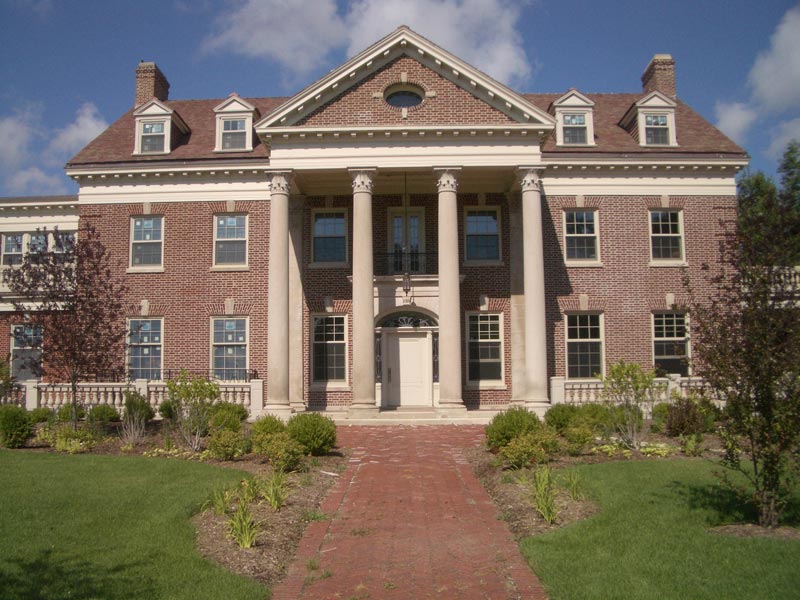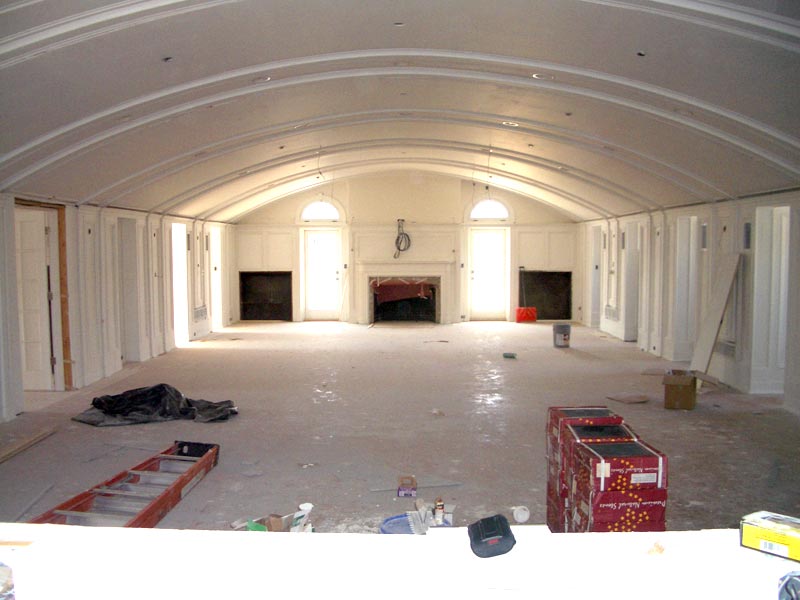 In an era of proliferating McMansions, it’s nice to see the real thing grab the attention of homebuyers. In Evanston, two developers have reclaimed a Georgian mansion perched on a ridgetop, transforming it from a rundown school-district outpost into four condominiums.
In an era of proliferating McMansions, it’s nice to see the real thing grab the attention of homebuyers. In Evanston, two developers have reclaimed a Georgian mansion perched on a ridgetop, transforming it from a rundown school-district outpost into four condominiums.
“This really was the grandest house in Evanston,” says Mike Niazmand, a longtime Evanston resident who, with his partner, Vladimir Novakovic, spent four years on the project, known now as Asbury Ridge. “We’re happy to see it looking so good again.” He should be: Niazmand lives just four blocks away.
The four condos sold quickly—the last one went in July—as did the two condos in the coach house out back. Prices ranged from $1.22 million to $1.57 million in the house and from $975,000 to $1.22 million in the coach house. “[The condos] appealed to people who wanted to be out of their big house but didn’t want a plain vanilla box,” says Beverly Smith, of Jean Wright Real Estate. “They could live in a mansion without having to take care of the whole thing.”
Residents have begun moving in, and in September the developers will start work on one of two houses they plan to build next to the coach house. They also have four lots to sell on the south side of the property, along Dempster Avenue; they are priced from $600,000 to $625,000.
 The 30-room mansion, on a 2.3-acre lot on the northwest corner of Ridge and Dempster, was the estate of George Dryden, a Chicago manufacturer of rubber products—especially rubber horseshoes—and his wife, Ellen, a niece and heir of Kodak founder George Eastman. In 1914, the Drydens commissioned the architect George Maher to design the house; completed in 1916, the L-shaped manor is fronted by four massive columns and capped by a barrel-roofed ballroom (reimagined now as the kitchen and living and dining rooms of one condo).
The 30-room mansion, on a 2.3-acre lot on the northwest corner of Ridge and Dempster, was the estate of George Dryden, a Chicago manufacturer of rubber products—especially rubber horseshoes—and his wife, Ellen, a niece and heir of Kodak founder George Eastman. In 1914, the Drydens commissioned the architect George Maher to design the house; completed in 1916, the L-shaped manor is fronted by four massive columns and capped by a barrel-roofed ballroom (reimagined now as the kitchen and living and dining rooms of one condo).
When he died in 1959, George Dryden left the property to Northwestern University, where he was a trustee. Several years later, Northwestern sold the place to a suburban school district. “The school district was a low-spending institution,” Niazmand says. “They used the coach house as a tool shed and put a loading dock in front of it.” By the time the district decided to auction off the property in 2002, Niazmand says, “the house was in rough shape.” The partners paid $2.97 million for the place in May 2003.
There’s a benefit to Evanston as well. Owned by nonprofits since 1959, the house has generated no property taxes in the last 48 years. When fully developed and sold, according to an article in the Evanston Review, the site should generate about $700,000 in property tax each year.


